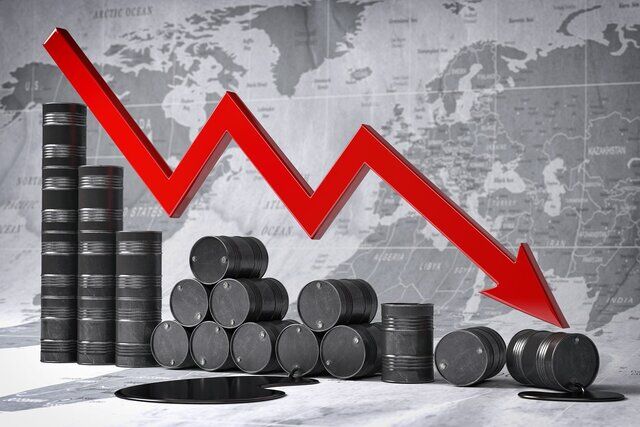Brent crude slid 2.2%, or $1.74, to $77.02 a barrel by 1024 GMT while U.S. West Texas Intermediate crude futures shed 2.3%, or $1.73, to $72.08, Reuters reported.
Both contracts climbed more than 2% in the first week of 2024 on intensifying geopolitical risk in the Middle East.
On Sunday, rising supply and competition with rival producers prompted Saudi Arabia to cut the February official selling price (OSP) of its flagship Arab Light crude to Asia to the lowest level in 27 months.
A Reuters survey on Friday found that OPEC oil output rose in December as increases in Iraq, Angola and Nigeria offset continuing cuts by Saudi Arabia and other members of the wider OPEC+ alliance.
The boost came ahead of further OPEC+ cuts in 2024 and Angola's exit from OPEC, which are set to lower January output and market share.
"If we were just to focus on the fundamentals, including higher inventories, higher OPEC/non-OPEC production and a lower-than-expected Saudi OSP, it would be impossible to be anything other than bearish on crude oil," said IG analyst Tony Sycamore.
"However, that doesn't take into account the fact that geopolitical tensions in the Middle East are undeniably rising again, which will mean limited downside."


Your Comment